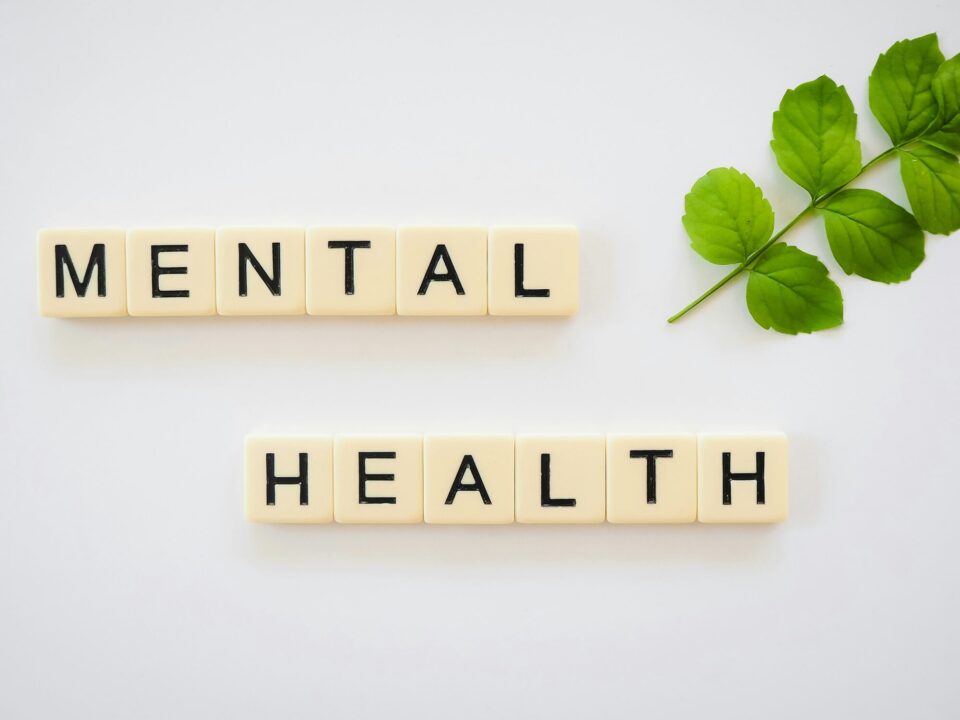
Promoting Diversity and Inclusion: Building an Inclusive Work Environment
April 1, 2024
Ethical Considerations: The Importance of Upholding Ethical Standards and Maintaining Integrity in Your Work
April 2, 2024Success is not a destination, it’s a journey. A journey that requires dedication, adaptability, and an unwavering commitment to continuous improvement. By embracing the process of constant growth, you position yourself to achieve new heights in your personal and professional life. But where do you begin? This comprehensive guide will walk you through the critical steps of continuous improvement, with a focus on leveraging feedback and self-reflection as transformative tools for your success.

The Importance of Continuous Improvement
Adopting a Mindset Geared Towards Evolution
In today’s fast-paced world, standing still equates to falling behind. Continuous improvement is the catalyst that propels you forward, ensuring that you’re not just keeping up but setting the pace. Adopting a mindset geared towards evolution allows you to view challenges as opportunities to learn and grow, rather than insurmountable obstacles.
The Lifelong Learning Curve
Continuous improvement is akin to a lifelong learning curve that does not plateau. It is the acknowledgment that no matter how skilled or experienced you are, there is always room to enhance your capabilities. This learning curve is not just about accumulating knowledge; it’s about developing wisdom and applying it to make better decisions.
Enhancing Personal and Professional Development
The pursuit of continuous improvement is not restricted to your professional life. It equally applies to personal development. By committing to this philosophy, you enhance all facets of your life, leading to more profound satisfaction and well-rounded success.
Understanding the Concept of Continuous Improvement
Beyond the Buzzword: What Does Continuous Improvement Really Mean?
Continuous improvement goes beyond the buzzword; it’s an ethos. At its core, it’s about incremental, ongoing positive change. It’s a systematic approach that seeks to enhance processes, products, and services by focusing on small, manageable improvements rather than waiting for a major breakthrough.
The Cycle of Continuous Improvement
The cycle of continuous improvement can be broken down into several stages, typically starting with planning, followed by action, evaluation, and learning. This cycle is iterative, meaning that each completion feeds into the beginning of a new improvement cycle.
Kaizen: A Model for Continuous Improvement
One of the most well-known models for continuous improvement is Kaizen, a Japanese term meaning ‘change for better’. Kaizen emphasizes the idea that small, daily changes can result in major improvements over time. It’s about fostering a culture where all employees are actively engaged in suggesting and implementing improvements.
The Role of Feedback in Continuous Improvement
Feedback as a Mirror for Self-Assessment
Feedback acts as a mirror, providing you with an external perspective on your performance. It gives you a chance to see yourself and your work through the eyes of others, which is invaluable for self-assessment. Without feedback, it is challenging to gauge the effectiveness of your actions and strategies.
Constructive Criticism Versus Destructive Criticism
It’s crucial to understand the difference between constructive and destructive criticism. Constructive criticism is aimed at helping you improve and is delivered with respect and empathy. Destructive criticism, on the other hand, serves no purpose other than to belittle and is often rooted in malice.
Encouraging a Feedback-Rich Environment
To truly harness the power of feedback, you must encourage a feedback-rich environment where open communication is the norm. In such an environment, feedback is shared freely, respectfully, and is viewed as a tool for collective improvement.
Strategies for Seeking Feedback
Proactively Requesting Feedback
Don’t wait for feedback to come to you; proactively request it. Whether it’s from managers, peers, or customers, asking for feedback demonstrates humility and a genuine desire to improve. Be specific in your requests to ensure that the feedback you receive is targeted and actionable.
Utilizing Feedback Channels Effectively
Many organizations have formal feedback channels in place, such as performance reviews, surveys, and suggestion boxes. Utilize these channels effectively by actively engaging with them, responding to feedback provided, and showing appreciation for the insights shared.
Cultivating Relationships That Encourage Honest Exchange
The quality of feedback often depends on the relationship between the giver and receiver. Cultivate relationships that encourage honest exchange by building trust and demonstrating that you value and respect the opinions of others.
The Power of Self-Reflection in Continuous Improvement
Self-Reflection as a Tool for Personal Insight
Self-reflection allows you to delve into your own experiences and extract lessons from them. It’s a tool for personal insight that enables you to understand your motivations, emotional responses, strengths, and weaknesses.
Connecting Past Actions to Future Improvements
By reflecting on past actions, you can connect the dots between what you’ve done and the results you’ve achieved. This connection is vital for identifying future improvements, as it helps you understand what works, what doesn’t, and why.
Establishing a Regular Reflective Practice
To truly benefit from self-reflection, establish a regular reflective practice. This could be a daily journaling routine, weekly reviews, or even meditative practices that focus on contemplation. The key is consistency and sincerity in your reflective efforts.
Techniques for Effective Self-Reflection
Journaling for Clarity and Accountability
Journaling is a powerful technique for self-reflection. It provides clarity, as writing down your thoughts and experiences forces you to articulate and process them. It also serves as a form of accountability, creating a record of your growth journey.
Asking the Right Questions
Effective self-reflection is often about asking the right questions. These questions should challenge you to think deeply about your choices, behaviors, and outcomes. Examples include, “What can I learn from this experience?”, “How could I have handled this differently?”, and “What will I do to improve?”
Adopting Reflective Models
There are several reflective models that can guide your self-reflection, such as Gibbs’ Reflective Cycle or the STAR technique (Situation, Task, Action, Result). These models provide a structured approach to reflection, ensuring that you cover all relevant aspects of an experience.
Implementing a Continuous Improvement Plan
Setting Clear Objectives
When implementing a continuous improvement plan, it’s essential to set clear objectives. These objectives should be Specific, Measurable, Achievable, Relevant, and Time-bound (SMART). They provide direction and allow you to measure progress.
Creating a Roadmap for Improvement
With objectives in place, create a roadmap for improvement. This should outline the steps you need to take to achieve your goals, including timelines, resources required, and milestones to gauge progress.
Monitoring Progress and Adjusting as Needed
As you embark on your continuous improvement journey, monitor your progress regularly. Use the feedback and insights gained from your self-reflection to adjust your plan as needed. Flexibility is key to adapting to new information and circumstances.
Overcoming Challenges in Continuous Improvement
Dealing with Resistance to Change
Resistance to change is a common challenge in the pursuit of continuous improvement. Overcome this by communicating the benefits of change, involving stakeholders in the process, and providing support during transitions.
Maintaining Momentum Amidst Setbacks
Setbacks are inevitable, but they don’t have to derail your improvement efforts. Maintain momentum by staying focused on your long-term goals, learning from failures, and celebrating small victories along the way.
Ensuring Sustainability of Improvement Efforts
For continuous improvement to be truly effective, it must be sustainable. Ensure sustainability by embedding improvement practices into your daily routine and making them part of your organizational culture.
Resources for Continuous Improvement
Books and Publications
There is a wealth of knowledge available in books and publications on the subject of continuous improvement. Titles like “The Lean Startup” by Eric Ries and “The Toyota Way” by Jeffrey K. Liker offer insights into successful improvement methodologies.
Online Courses and Workshops
Online courses and workshops provide opportunities to learn new skills and strategies for continuous improvement. Platforms like Coursera, Udemy, and LinkedIn Learning offer courses on a range of topics, from process improvement to personal development.
Professional Networks and Communities
Joining professional networks and communities can be incredibly beneficial. They offer a platform to share experiences, gain advice, and learn from the success and failures of others. Look for industry-specific groups or broader communities focused on continuous improvement.
Conclusion
Continuous improvement is not just a strategy; it’s a mindset that can elevate your success to new levels. By seeking feedback and actively engaging in self-reflection, you set the stage for growth and development that is both profound and lasting. Remember, improvement is a journey with no end, but each step forward is a step closer to your goals.
As you navigate the continuous improvement landscape, remember that the journey is as important as the destination. Embrace each learning opportunity, stay open to feedback, and reflect deeply on your experiences. The power to elevate your success lies within your willingness to grow, adapt, and improve continuously.





